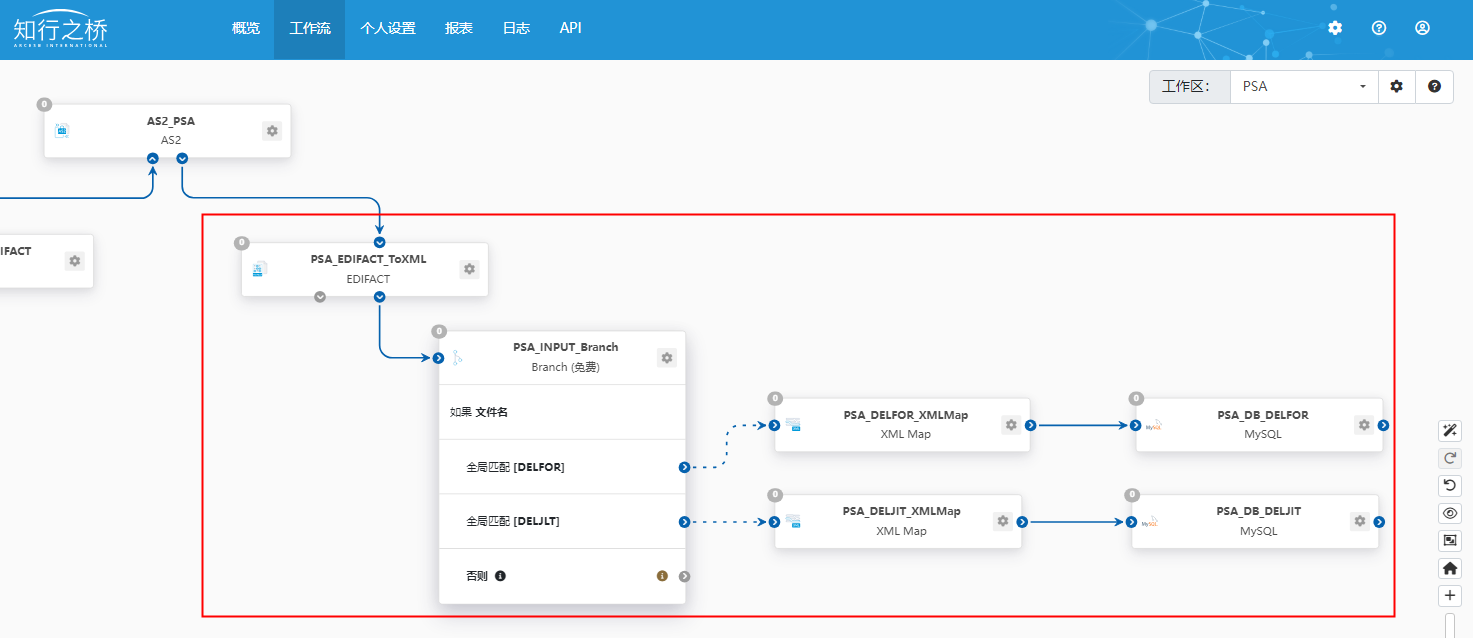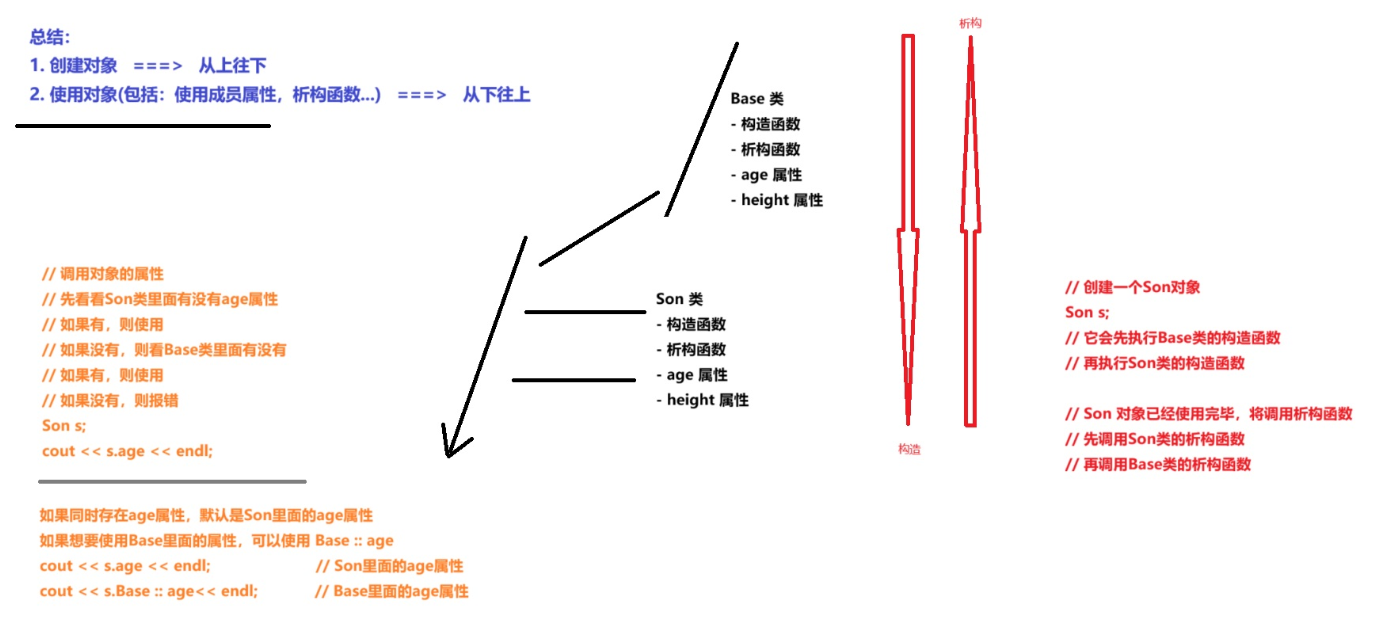开发中经常需要使用到占位符,情况较为复杂时总是手工替换处理显得比较的繁琐,加之往往手工所写效率比不上框架自带的现有方法来的更好更快。Spring在处理yml配置文件时,对于yml文件名的占位符替换处理便是使用了占位符解析器PropertyPlaceholderHelper。本篇一起来看看Spring中这个占位符解析器PropertyPlaceholderHelper:
PropertyPlaceholderHelper 使用起来比较简单,不需要依赖其他的一些组件类,只需要简单的 new 出来即可,最常用的方法是 replacePlaceholders 。需要注意的是它需要传入一个 Properties 实例,Properties 中的 key , value 必须都是 String 类型的,否则无法解析。
来看这么一段代码:
import org.springframework.util.PropertyPlaceholderHelper;
publicclass PropertyPlaceholderHelperExample {
public static void main(String[] args) {
// 创建 PropertyPlaceholderHelper 实例
PropertyPlaceholderHelper helper = new PropertyPlaceholderHelper("${", "}", ":", true);
// 定义属性文件内容
String content = "username=${username},password=${password}";
// 使用 PropertyPlaceholderHelper 解析属性文件内容
String result = helper.replacePlaceholders(content, new Properties() {{
setProperty("username", "admin");
setProperty("password", "123");
}});
// 打印解析结果
System.out.println(result);
}
}
从源码可见共有两个replacePlaceholders方法,如下:
public String replacePlaceholders(String value, final Properties properties) {
Assert.notNull(properties, "'properties' must not be null");
properties.getClass();
return this.replacePlaceholders(value, properties::getProperty);
}
public String replacePlaceholders(String value, PlaceholderResolver placeholderResolver) {
Assert.notNull(value, "'value' must not be null");
return this.parseStringValue(value, placeholderResolver, (Set)null);
}
附PropertyPlaceholderHelper类的Spring源码:
package org.springframework.util;
import java.util.HashMap;
import java.util.HashSet;
import java.util.Map;
import java.util.Properties;
import java.util.Set;
import org.apache.commons.logging.Log;
import org.apache.commons.logging.LogFactory;
/**
* Utility class for working with Strings that have placeholder values in them. A placeholder takes the form
* {@code ${name}}. Using {@code PropertyPlaceholderHelper} these placeholders can be substituted for
* user-supplied values. <p> Values for substitution can be supplied using a {@link Properties} instance or
* using a {@link PlaceholderResolver}.
*
* @author Juergen Hoeller
* @author Rob Harrop
* @since 3.0
*/
public class PropertyPlaceholderHelper {
private static final Log logger = LogFactory.getLog(PropertyPlaceholderHelper.class);
private static final Map<String, String> wellKnownSimplePrefixes = new HashMap<String, String>(4);
static {
wellKnownSimplePrefixes.put("}", "{");
wellKnownSimplePrefixes.put("]", "[");
wellKnownSimplePrefixes.put(")", "(");
}
private final String placeholderPrefix;
private final String placeholderSuffix;
private final String simplePrefix;
private final String valueSeparator;
private final boolean ignoreUnresolvablePlaceholders;
/**
* Creates a new {@code PropertyPlaceholderHelper} that uses the supplied prefix and suffix.
* Unresolvable placeholders are ignored.
* @param placeholderPrefix the prefix that denotes the start of a placeholder
* @param placeholderSuffix the suffix that denotes the end of a placeholder
*/
public PropertyPlaceholderHelper(String placeholderPrefix, String placeholderSuffix) {
this(placeholderPrefix, placeholderSuffix, null, true);
}
/**
* Creates a new {@code PropertyPlaceholderHelper} that uses the supplied prefix and suffix.
* @param placeholderPrefix the prefix that denotes the start of a placeholder
* @param placeholderSuffix the suffix that denotes the end of a placeholder
* @param valueSeparator the separating character between the placeholder variable
* and the associated default value, if any
* @param ignoreUnresolvablePlaceholders indicates whether unresolvable placeholders should
* be ignored ({@code true}) or cause an exception ({@code false})
*/
public PropertyPlaceholderHelper(String placeholderPrefix, String placeholderSuffix,
String valueSeparator, boolean ignoreUnresolvablePlaceholders) {
Assert.notNull(placeholderPrefix, "'placeholderPrefix' must not be null");
Assert.notNull(placeholderSuffix, "'placeholderSuffix' must not be null");
this.placeholderPrefix = placeholderPrefix;
this.placeholderSuffix = placeholderSuffix;
String simplePrefixForSuffix = wellKnownSimplePrefixes.get(this.placeholderSuffix);
if (simplePrefixForSuffix != null && this.placeholderPrefix.endsWith(simplePrefixForSuffix)) {
this.simplePrefix = simplePrefixForSuffix;
}
else {
this.simplePrefix = this.placeholderPrefix;
}
this.valueSeparator = valueSeparator;
this.ignoreUnresolvablePlaceholders = ignoreUnresolvablePlaceholders;
}
/**
* Replaces all placeholders of format {@code ${name}} with the corresponding
* property from the supplied {@link Properties}.
* @param value the value containing the placeholders to be replaced
* @param properties the {@code Properties} to use for replacement
* @return the supplied value with placeholders replaced inline
*/
public String replacePlaceholders(String value, final Properties properties) {
Assert.notNull(properties, "'properties' must not be null");
return replacePlaceholders(value, new PlaceholderResolver() {
public String resolvePlaceholder(String placeholderName) {
return properties.getProperty(placeholderName);
}
});
}
/**
* Replaces all placeholders of format {@code ${name}} with the value returned
* from the supplied {@link PlaceholderResolver}.
* @param value the value containing the placeholders to be replaced
* @param placeholderResolver the {@code PlaceholderResolver} to use for replacement
* @return the supplied value with placeholders replaced inline
*/
public String replacePlaceholders(String value, PlaceholderResolver placeholderResolver) {
Assert.notNull(value, "'value' must not be null");
return parseStringValue(value, placeholderResolver, new HashSet<String>());
}
protected String parseStringValue(
String strVal, PlaceholderResolver placeholderResolver, Set<String> visitedPlaceholders) {
StringBuilder result = new StringBuilder(strVal);
int startIndex = strVal.indexOf(this.placeholderPrefix);
while (startIndex != -1) {
int endIndex = findPlaceholderEndIndex(result, startIndex);
if (endIndex != -1) {
String placeholder = result.substring(startIndex + this.placeholderPrefix.length(), endIndex);
String originalPlaceholder = placeholder;
if (!visitedPlaceholders.add(originalPlaceholder)) {
throw new IllegalArgumentException(
"Circular placeholder reference '" + originalPlaceholder + "' in property definitions");
}
// Recursive invocation, parsing placeholders contained in the placeholder key.
placeholder = parseStringValue(placeholder, placeholderResolver, visitedPlaceholders);
// Now obtain the value for the fully resolved key...
String propVal = placeholderResolver.resolvePlaceholder(placeholder);
if (propVal == null && this.valueSeparator != null) {
int separatorIndex = placeholder.indexOf(this.valueSeparator);
if (separatorIndex != -1) {
String actualPlaceholder = placeholder.substring(0, separatorIndex);
String defaultValue = placeholder.substring(separatorIndex + this.valueSeparator.length());
propVal = placeholderResolver.resolvePlaceholder(actualPlaceholder);
if (propVal == null) {
propVal = defaultValue;
}
}
}
if (propVal != null) {
// Recursive invocation, parsing placeholders contained in the
// previously resolved placeholder value.
propVal = parseStringValue(propVal, placeholderResolver, visitedPlaceholders);
result.replace(startIndex, endIndex + this.placeholderSuffix.length(), propVal);
if (logger.isTraceEnabled()) {
logger.trace("Resolved placeholder '" + placeholder + "'");
}
startIndex = result.indexOf(this.placeholderPrefix, startIndex + propVal.length());
}
else if (this.ignoreUnresolvablePlaceholders) {
// Proceed with unprocessed value.
startIndex = result.indexOf(this.placeholderPrefix, endIndex + this.placeholderSuffix.length());
}
else {
throw new IllegalArgumentException("Could not resolve placeholder '" +
placeholder + "'" + " in string value \"" + strVal + "\"");
}
visitedPlaceholders.remove(originalPlaceholder);
}
else {
startIndex = -1;
}
}
return result.toString();
}
private int findPlaceholderEndIndex(CharSequence buf, int startIndex) {
int index = startIndex + this.placeholderPrefix.length();
int withinNestedPlaceholder = 0;
while (index < buf.length()) {
if (StringUtils.substringMatch(buf, index, this.placeholderSuffix)) {
if (withinNestedPlaceholder > 0) {
withinNestedPlaceholder--;
index = index + this.placeholderSuffix.length();
}
else {
return index;
}
}
else if (StringUtils.substringMatch(buf, index, this.simplePrefix)) {
withinNestedPlaceholder++;
index = index + this.simplePrefix.length();
}
else {
index++;
}
}
return -1;
}
/**
* Strategy interface used to resolve replacement values for placeholders contained in Strings.
*/
public static interface PlaceholderResolver {
/**
* Resolve the supplied placeholder name to the replacement value.
* @param placeholderName the name of the placeholder to resolve
* @return the replacement value, or {@code null} if no replacement is to be made
*/
String resolvePlaceholder(String placeholderName);
}
}
下图这个parseStringValue方法是PropertyPlaceholderHelper占位解析的主要入口。其大致的过程是将占位的内容一块一块地取下来,通过递归将最内层的占位符先替换掉,然后跳出来替换外面的占位符。

直接附parseStringValue方法源码,注意不同Spring版本可能源码略有差异
protected String parseStringValue(
String strVal, PlaceholderResolver placeholderResolver, Set<String> visitedPlaceholders) {
StringBuilder result = new StringBuilder(strVal);
//获取路径中占位符前缀的索引
int startIndex = strVal.indexOf(this.placeholderPrefix);
//匹配到占位符前缀,进入循环体
while (startIndex != -1) {
int endIndex = findPlaceholderEndIndex(result, startIndex);
if (endIndex != -1) {
//截取前缀占位符和后缀占位符之间的字符串placeholder
String placeholder = result.substring(startIndex + this.placeholderPrefix.length(), endIndex);
String originalPlaceholder = placeholder;
if (!visitedPlaceholders.add(originalPlaceholder)) {
throw new IllegalArgumentException(
"Circular placeholder reference '" + originalPlaceholder + "' in property definitions");
}
// 递归调用,继续解析placeholder
placeholder = parseStringValue(placeholder, placeholderResolver, visitedPlaceholders);
// 获取placeholder的值
String propVal = placeholderResolver.resolvePlaceholder(placeholder);
if (propVal == null && this.valueSeparator != null) {
int separatorIndex = placeholder.indexOf(this.valueSeparator);
if (separatorIndex != -1) {
String actualPlaceholder = placeholder.substring(0, separatorIndex);
String defaultValue = placeholder.substring(separatorIndex + this.valueSeparator.length());
propVal = placeholderResolver.resolvePlaceholder(actualPlaceholder);
if (propVal == null) {
propVal = defaultValue;
}
}
}
if (propVal != null) {
//对替换完成的value进行解析,防止properties的value值里也有占位符
propVal = parseStringValue(propVal, placeholderResolver, visitedPlaceholders);
result.replace(startIndex, endIndex + this.placeholderSuffix.length(), propVal);
if (logger.isTraceEnabled()) {
logger.trace("Resolved placeholder '" + placeholder + "'");
}
//重新定位开始索引
startIndex = result.indexOf(this.placeholderPrefix, startIndex + propVal.length());
} else if (this.ignoreUnresolvablePlaceholders) {
// Proceed with unprocessed value.
startIndex = result.indexOf(this.placeholderPrefix, endIndex + this.placeholderSuffix.length());
} else {
throw new IllegalArgumentException("Could not resolve placeholder '" +
placeholder + "'" + " in string value \"" + strVal + "\"");
}
visitedPlaceholders.remove(originalPlaceholder);
} else {
startIndex = -1;
}
}
System.out.println("enter..." + result);
return result.toString();
}
findPlaceholderEndIndex方法也是比较的重要,它是用来寻找占位符后缀索引的。
private int findPlaceholderEndIndex(CharSequence buf, int startIndex) {
//获取前缀后面一个字符的索引
int index = startIndex + this.placeholderPrefix.length();
int withinNestedPlaceholder = 0;
//如果前缀后面还有字符的话
while (index < buf.length()) {
//判断源字符串在index处是否与后缀匹配
if (substringMatch(buf, index, this.placeholderSuffix)) {
//如果匹配到后缀,但此时前缀数量>后缀,则继续匹配后缀
if (withinNestedPlaceholder > 0) {
withinNestedPlaceholder--;
index = index + this.placeholderSuffix.length();
} else {
return index;
}
} else if (substringMatch(buf, index, this.simplePrefix)) {
//判断源字符串在index处是否与前缀匹配,若匹配,说明前缀后面还是前缀,则把前缀长度累加到index上,继续循环寻找后缀
//withinNestedPlaceholder确保前缀和后缀成对出现后
withinNestedPlaceholder++;
index = index + this.simplePrefix.length();
} else {
//如果index出既不能和suffix又不能和simplePrefix匹配,则自增,继续循环
index++;
}
}
return -1;
}
Spring源码中占位符解析器PropertyPlaceholderHelper的使用就介绍到这里了,在项目中也给用起来吧!

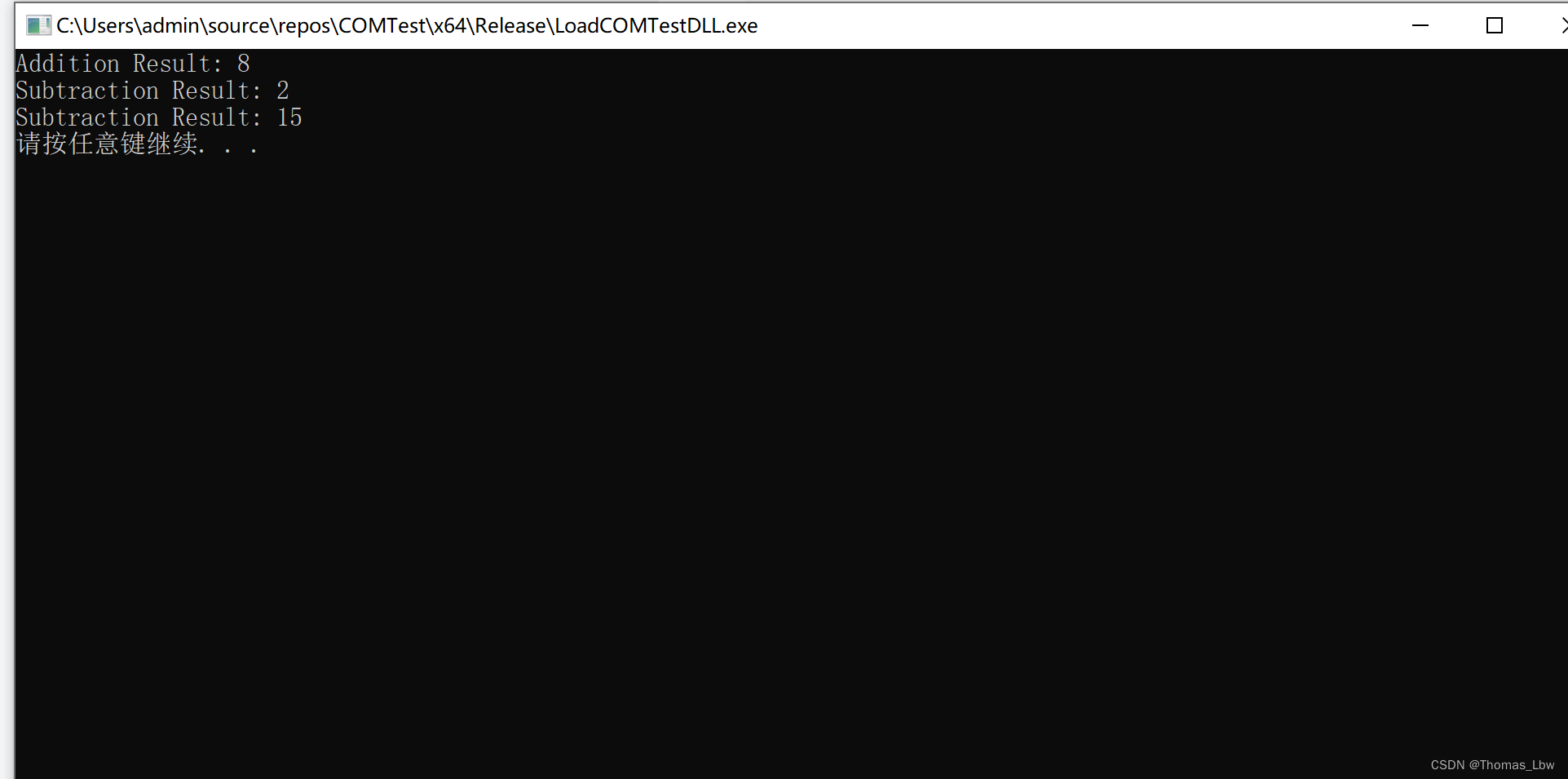
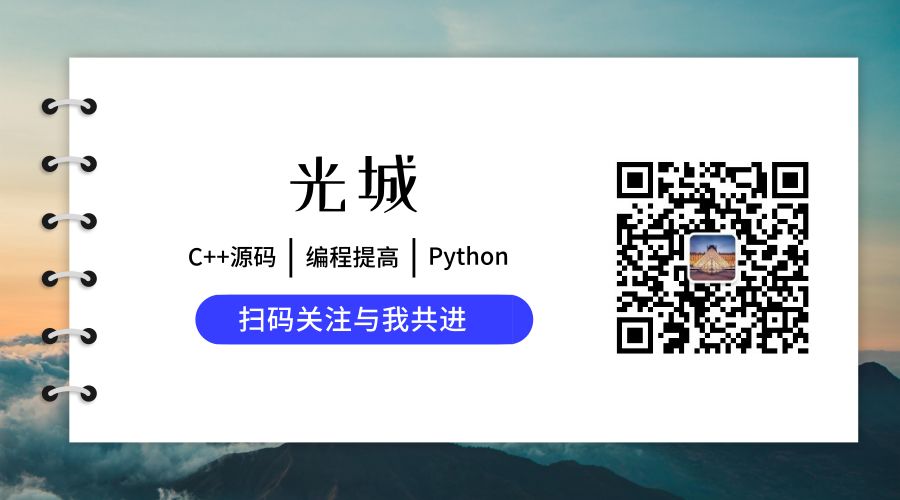

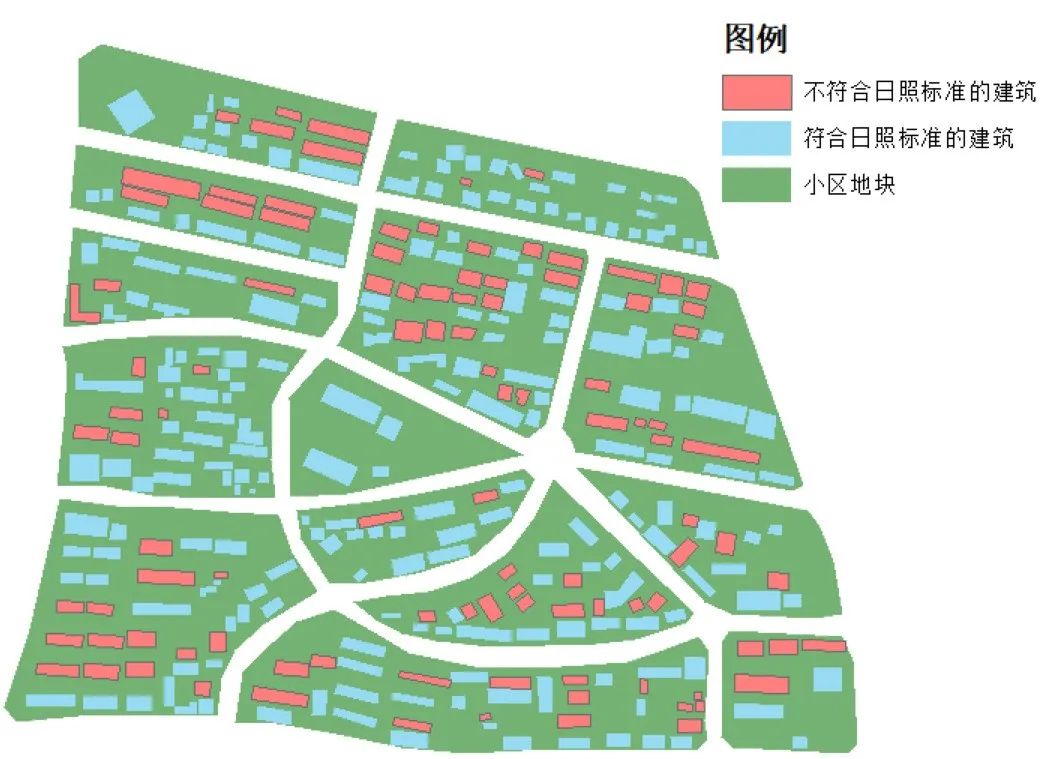

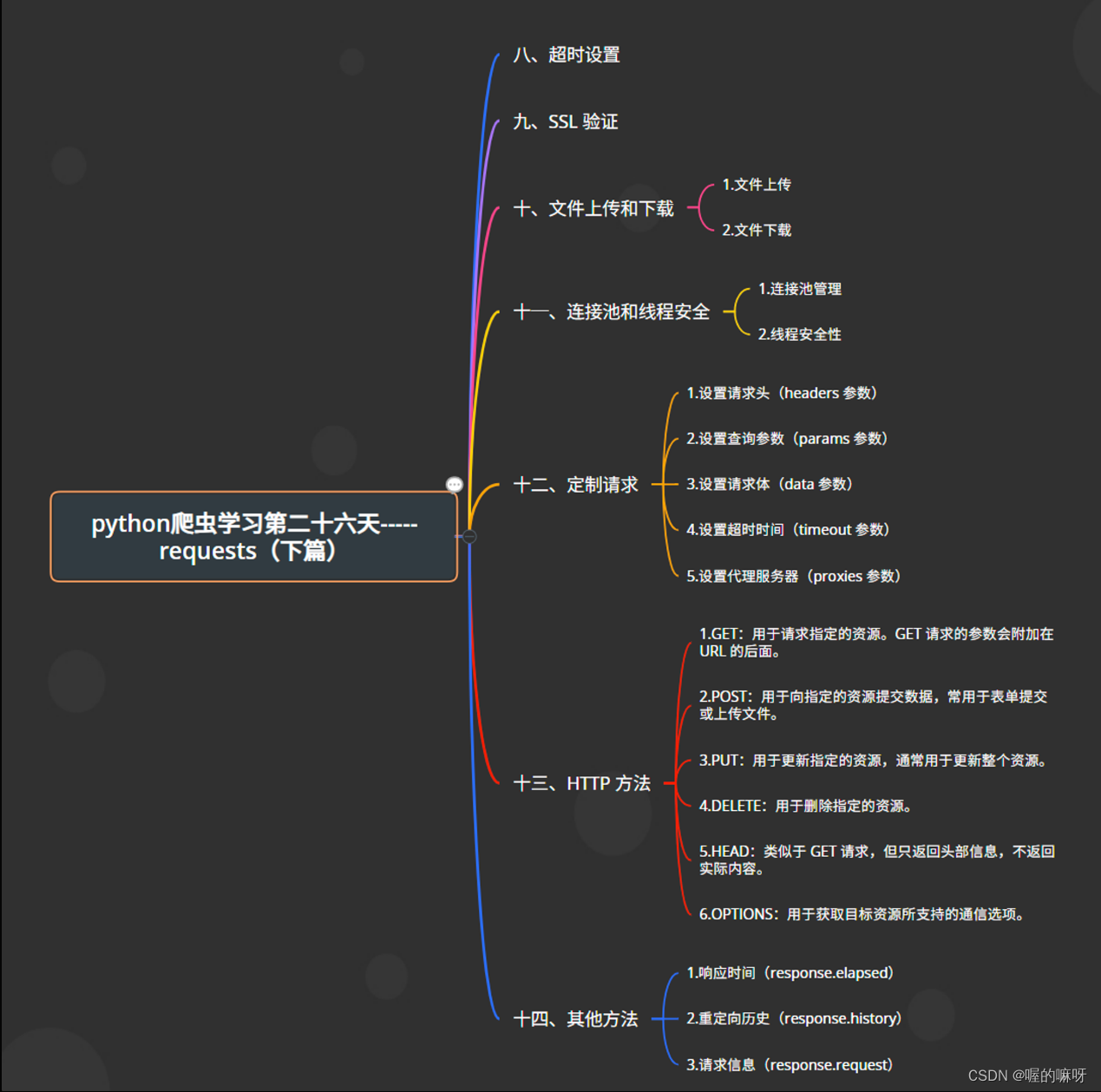
![[阅读笔记15][Orca]Progressive Learning from Complex Explanation Traces of GPT-4](https://img-blog.csdnimg.cn/direct/c78e94ba2acf40b1ba5908fab310f097.png)
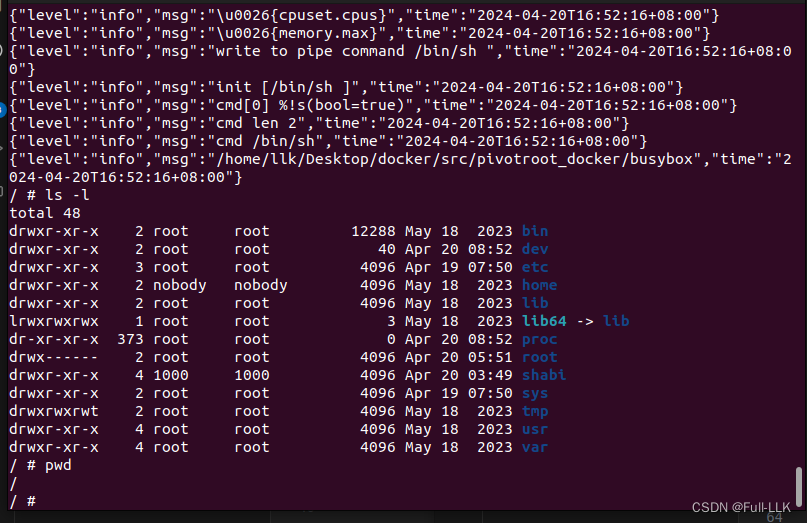




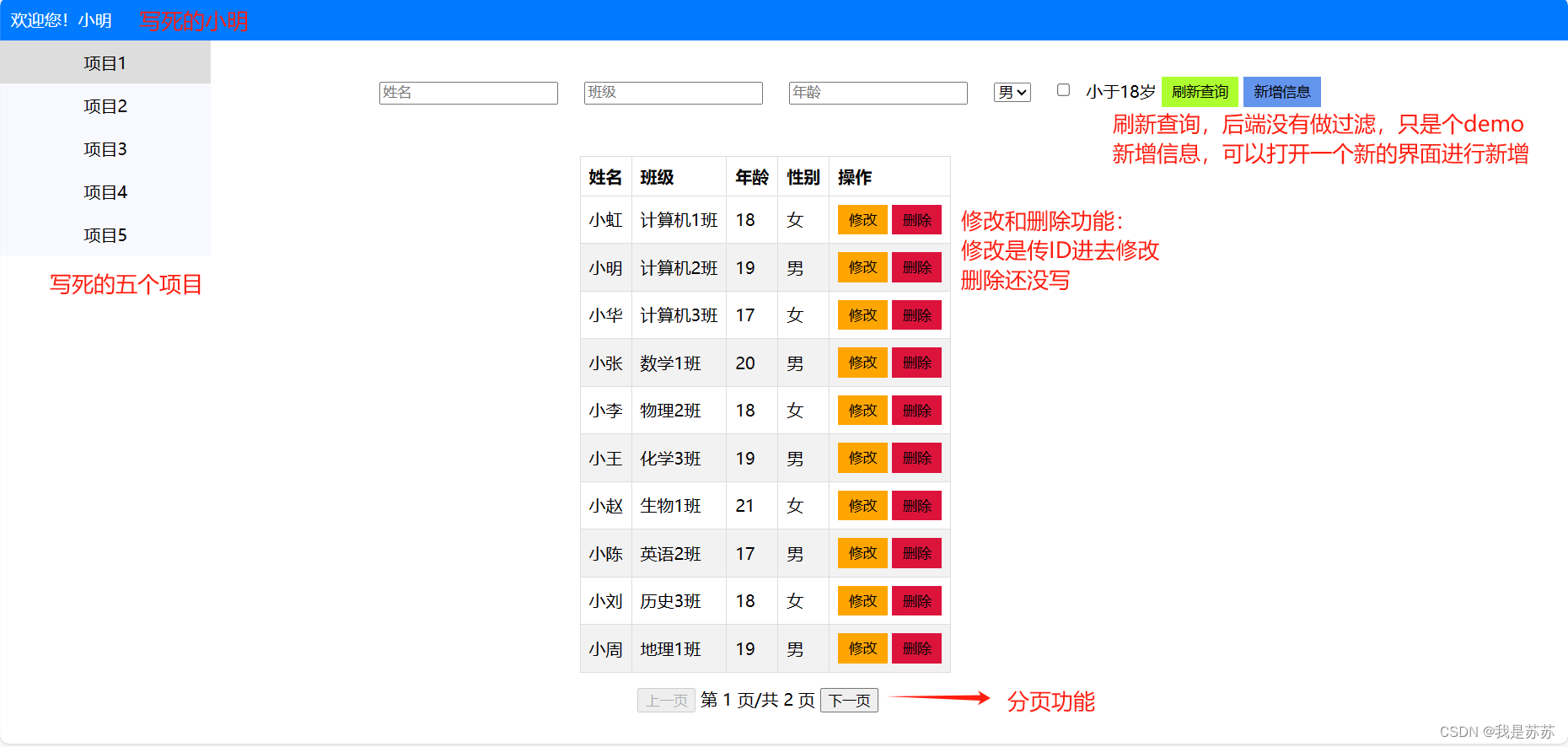
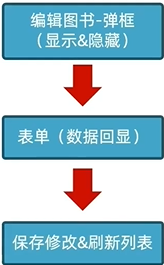
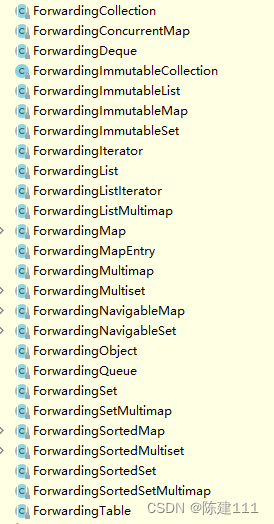
![[Linux][进程信号][二][信号如何被保存][信号处理][可重入函数]详细解读](https://img-blog.csdnimg.cn/direct/46d8e263aa0c44efbf5af1102ae09647.png)
